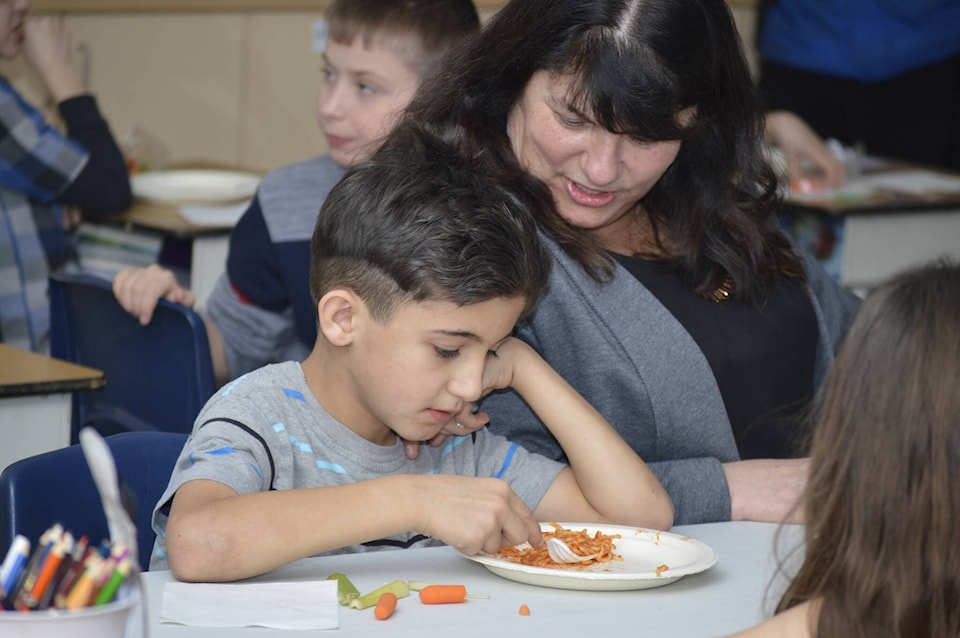In light of the recent territorial agri-food conference and the GNWT’s call for submissions on the improvement of nutrition programs across the North, I’d like to reiterate that nutrition plays a huge part in everyday living and is a large component of wrap around support services in housing.
While the GNWT points to high transportation costs, rising food prices and changing environmental conditions as primary contributors to food insecurity in the North, the entrenchment of colonial systems that perpetuate intergenerational poverty, barriers to economic opportunity and the erasure of culture and tradition are truly what is at the root of food insecurity among Indigenous Peoples in the North.
Ignoring these critical factors has led to failed responses to the food crisis where costly government-controlled programs have minimal impact on northern communities who are majority Indigenous population.
The GNWT has funding set aside for regional harvesting, a training and mentorship program and a pilot program for trapper mentorship assisting families to go out on the land but these budgets need to be radically increased. Many Indigenous residents in housing are unable to afford groceries after paying the rent and utility bills and tend to rely on family and friends to provide traditional foods or else they are literally going hungry. Harvesting programs need to be supplemented seasonally across the North as an Aboriginal right to hunt, fish, trap and gather. Indigenous knowledge of the local environment, combined with the related skill sets for harvesting, travelling on the land and water, and food processing, can also be understood as a cultural practice necessary for food security and inherent food sovereignty.
There are innovative designs that are proven to grow vegetables in -40 C. We need to start incorporating community gardens with the technologies available to us to be able to have year-round access to free nutritional foods. The NWT has the potential to test forward-thinking technologies like geothermal yet the government hesitates to hand the power into the hands of Indigenous Peoples to lead the way. That is precisely why the NWT is still behind the rest of the country in so many ways. The northern food supply chain is put to shame on an international scale when photos of outrageous prices in the arctic communities are on display. Subsidized food vouchers are simply not enough.
The Northern stores and other food providers need to be placed under independent review. Transport companies shipping in food are being paid out a portion of the subsidies when they should be going to the people living in communities. So, who really is reaping the benefits of the food subsidy programs? When food subsidies are provided to residents, there is a category of non-perishable and perishables as well as low, medium, and high subsidies. These categories need to be under review and consulted on in the remote communities to ask what’s working and what’s not working. These food subsidies also should not be considered as income which is then taking out of social assistance payouts.
Food banks need to be robustly funded in every community; some communities don’t even have a food bank. Churches are helping to provide food vouchers for residents, but this generous yet sporadic service is not reaching the masses and many Indigenous peoples are not inclined to ask for anything from the church considering the history of the residential schools.
Poverty flagged as neglect
Child apprehension is happening at alarming rates in the North for instances of poverty being flagged as neglect. A child not having food to eat at home is not a reason to apprehend, it is a reason to help. More funding needs to be given to Indigenous non-profit organizations to provide food vouchers and gift cards to families so they are not going hungry. This is what prevention looks like rather than intervention.
A territory-wide Healthy School Food Program should also be put into place immediately with priority placed in remote communities to prevent long-term health related impacts like diabetes and early tooth decay in children.
New up and coming food security associations and existing food growers in the North need to seek the permission and partnership of Indigenous nations across the North. The solution needs to be cooperative and Indigenous led.
The extent to which Indigenous knowledge is transmitted to future generations plays an important role in determining the health and wellness of individuals and communities. Revitalizing cultural food systems can help communities prosper through innovative social enterprises in food manufacturing and distribution however, the GNWT has minimal measures of working with communities to support these valuable opportunities. Just look at how the GNWT stepped in and shut down the buffalo farm in Fort Liard even though it was fully supported by the nation. That Indigenous owned business could have used ITI support. We are no longer living in the times of the royal proclamation where Indigenous peoples cannot prosper off their own lands. We have families that are going hungry and those community members who are trying to do something about it should not be fighting every step of the way, instead they should be supported by the government of the day.
